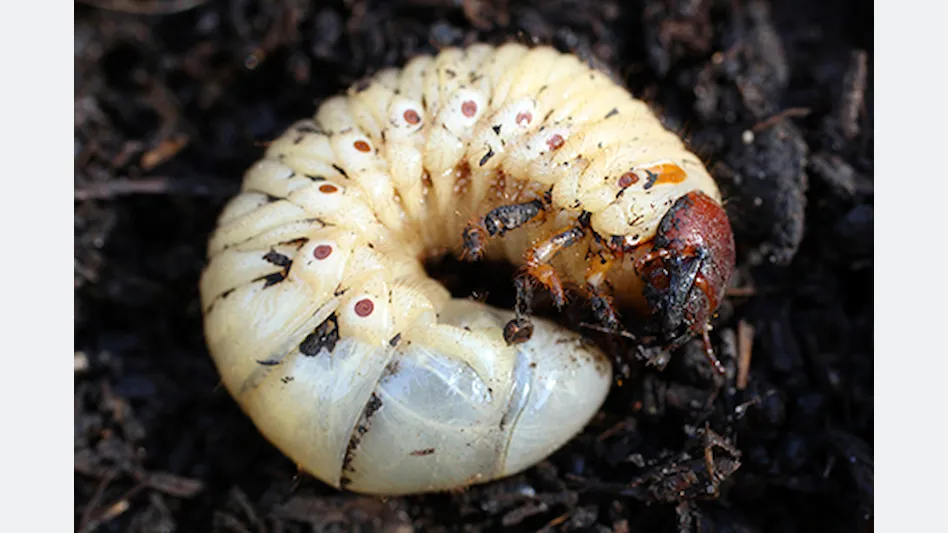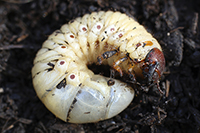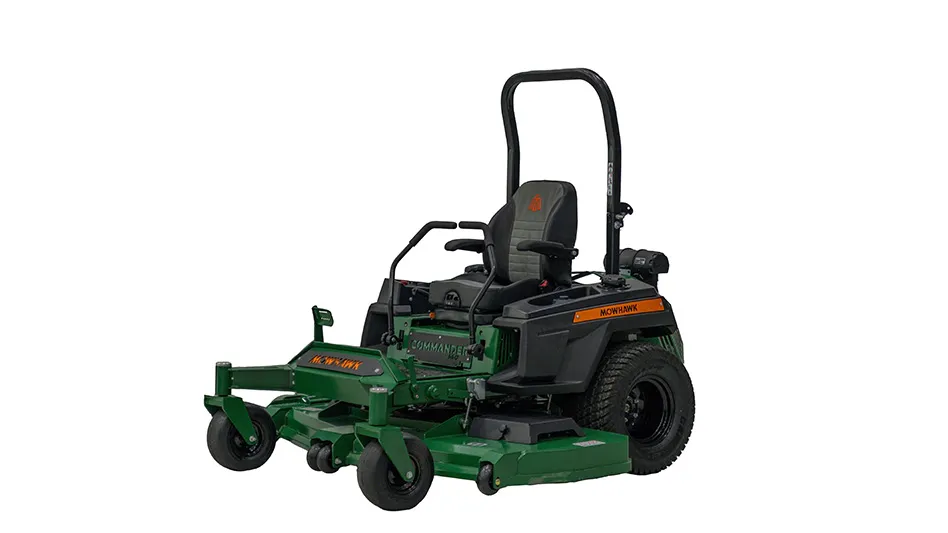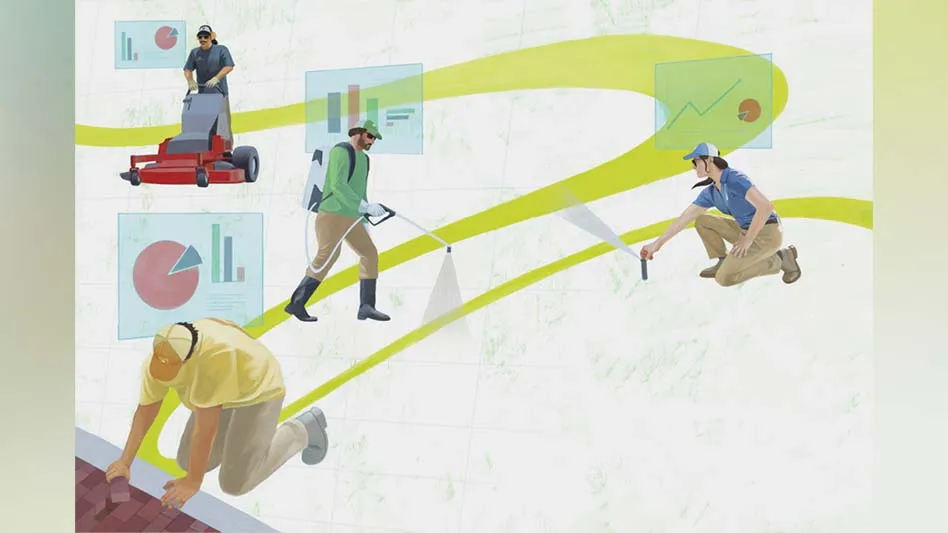
 |
A beautifully maintained lawn is an oasis for a homeowner, but it’s also prime real estate for beetles. Grub infestations can do serious damage to healthy grass by eating away at, and destroying, root systems. Here’s what to do if you find grubs in your area.
Determining the problem.
When it comes to grubs, the symptoms look a lot like drought: dry, brown patches in the lawn. The only way to determine the problem is to get an up close look.
“This is what we teach our technicians,” says Toby Gaudin, director of customer care at Heron Pest Control in central Florida. “If they have any questions whether it looks like drought or burn or anything, you need to get down on your hands and knees and actually check for dry soil. That will eliminate whether it’s a drought problem or not.”
If the soil isn’t dry, it’s time to give the lawn a good pull. “You’re pulling the grass up almost like you’re pulling up a rug in your living room,” Gaudin says. “That’s exactly what we do; we actually grab it by the tuft. We pull on it. If it pulls from the ground, we certainly know we’re dealing with grubs or billbugs at that point. It will come right up. It won’t stay adhered to the soil.”
Attacking the problem.
If grubs are found in the landscape, Heron technicians apply their usual application of an imidacloprid product. Then they follow up two weeks later with another application. “Generally we don’t need to do another application after the first follow up,” Gaudin says. These applications, along with fungus and weed control, are all part of Heron’s service package so there’s no extra charge to their clients.
Communicating the problem.
Once a lawn has undergone stress from grubs, it needs extra care for about a month, Gaudin says. Since the roots of the lawn have been severed, clients need to treat their grass like brand new sod, watering almost every day in order for new roots to establish.
“You have to constantly water the lawn and that’s obviously something we need to prepare the customers to undertake,” Gaudin says. “It will go into drought that quickly because you don’t have any roots tapping into the soil.”
To keep lawns healthy, Heron Pest Control technicians will leave printed instructions either with clients or on their doors so that they know exactly what to do for lasting success.





